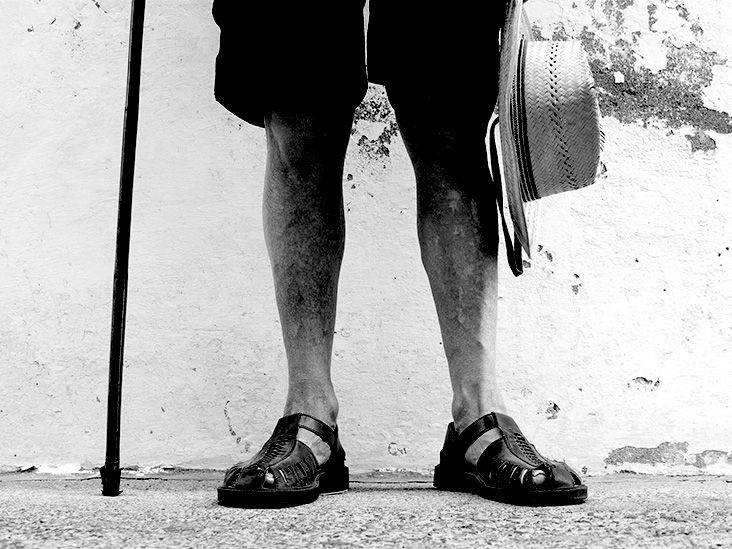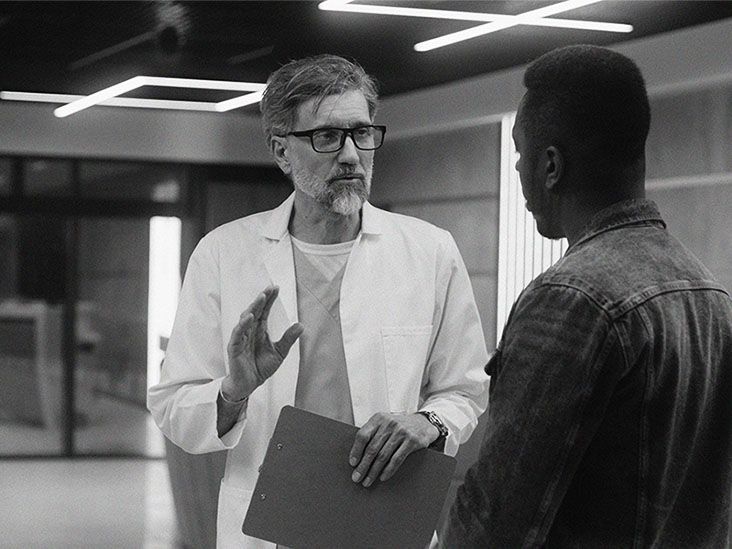Yes you can survive testicular cancer, and the odds are better than for most cancers. Around 95% of men live at least fiveyears after a diagnosis, and many stay cancerfree for decades.
Below you'll find the real numbers, the factors that push those numbers up or down, and practical steps you can take today all explained in plaintalk you'd use with a friend.
Survival Quick Facts
What is the overall mortality risk?
The fiveyear relative survival for all testicular cancer cases in the United States hovers around 95% according to the SEER program. That means 95 out of 100 men are alive five years after diagnosis, compared with men the same age without cancer.
Is testicular cancer curable?
Yes. The cure rate sits between 90% and 95% overall, and it climbs to about 98% when the disease is caught early, before it spreads beyond the testicle.
How does stage affect survival?
- Localized (stageI) roughly 99% fiveyear survival.
- Regional (stageII) about 96% fiveyear survival.
- Metastatic (stageIII) seminoma variants still see around 95% fiveyear survival, while nonseminoma with poor prognosis drops to roughly 65%.
What does "relative survival" mean?
It's a way of comparing the survival of patients with cancer to the survival you'd expect for people of the same age and sex who don't have cancer. In other words, it isolates the impact of the disease itself.
Survival Stats Overview
5Year vs. 10Year Survival
Most sources report a 5year survival of about 95%. The 10year survival is slightly lower, around 90%, reflecting late recurrences that can happen but are relatively rare.
| Source | 5Year Survival | 10Year Survival |
|---|---|---|
| SEER (U.S.) | 95% | 90% |
| Cancer Research UK | 95% | 92% |
| Moffitt Cancer Center | 99% (stageI) | 95% (stageIII) |
How are these numbers calculated?
Researchers use large cancer registries, track patients over time, and apply statistical methods to adjust for age, sex, and other health conditions. The result is a "net survival" figure that isolates cancer's effect.
What does my doctor's number mean for me?
When a doctor says "your fiveyear survival is 95%," they're speaking in relative terms. Your personal outlook also depends on:
- Exact stage at diagnosis.
- Whether the tumor is a seminoma or nonseminoma.
- Your age and overall health.
- Blood levels of tumor markers (AFP, hCG, LDH).
Key Survival Factors
How does stage at diagnosis affect outlook?
Early detection is the single biggest advantage. A tumor confined to the testicle (stageI) has a nearperfect cure rate, while spread to lymph nodes or distant organs lowers the odds.
What role do tumor markers play?
Doctors measure AFP, hCG, and LDH before and after treatment. High levels can indicate a more aggressive disease, placing patients into "intermediate" or "poor" prognosis groups, which modestly lowers survival percentages.
Does the type (seminoma vs. nonseminoma) matter?
Seminomas grow slower and are highly radiosensitive, yielding survival rates of about 95% even when they reach stageII. Nonseminomas can be more aggressive, but with modern chemotherapy they still achieve cure rates near 90% if treated early.
How do age and overall health impact survival?
Older men (over 40) have slightly lower survival roughly a few points down because they may have comorbidities that affect treatment tolerance. Still, most men in this age group do very well.
Can lifestyle choices shift the numbers?
While no lifestyle change can erase a diagnosis, staying active, quitting smoking, and maintaining a healthy weight can improve how well you handle surgery or chemotherapy. An oncologist at Moffitt Cancer Center notes that "patients who stay fit often recover faster and tolerate treatment better."
What about genetics and family history?
Certain genetic conditions, like Klinefelter syndrome, raise the risk of developing testicular cancer, but they don't necessarily change survival once the disease is caught. Family history can prompt earlier selfexams, which is the most actionable step.
Treatment Options Overview
Surgery (radical inguinal orchiectomy)
This is the first line for virtually every case. Removing the affected testicle through an inguinal incision gives a cure rate of about 99% for localized tumors, and it also provides tissue for pathology.
Radiation therapy (mainly for seminoma)
When seminoma has spread to nearby lymph nodes, a short course of radiation adds roughly a 5% boost to fiveyear survival, with minimal longterm side effects for most men.
Chemotherapy (BEP regimen)
The combination of bleomycin, etoposide, and cisplatin (BEP) is the workhorse for nonseminoma and advanced seminoma. Even in stageIII disease, this regimen pushes fiveyear survival above 95% for goodprognosis patients.
Clinical trials
Participating in a trial can give access to cuttingedge drugs or treatment schedules. At centers like American Cancer Societyaffiliated sites, trial enrollment has been linked to modest survival improvements for select subgroups.
Fertility preservation
Before surgery or chemo, many men bank sperm. While this step doesn't affect survival, it eases future worries about fatherhood and builds trust with the care team.
Followup and surveillance
After treatment, doctors schedule regular blood tests for tumor markers and imaging (usually CT scans). Catching a recurrence early can restore the high cure rate it's like having a safety net.
Real Patient Stories
"StageIII, but I beat the odds."
Mark, 35, was shocked when scans showed his cancer had spread to his lungs. He underwent four cycles of BEP and entered a clinical trial that added a targeted agent. Ten years later, he's cancerfree and runs marathons. His story illustrates that even when the prognosis looks grim, modern therapy can flip the script.
Living beyond tenyears: what really changes?
Juan, diagnosed at 28, had a stageI seminoma removed surgically. After five years of clean scans, he talks about "the phantom fear" that still pops up during checkups. He credits a support group and regular exercise for his emotional resilience. His experience shows survivorship isn't just about numbers; it's about quality of life.
A poorprognosis tale, and why palliative care matters.
When Alex, 42, was found with a highrisk nonseminoma, his doctors explained the survival odds were lower (around 65%). He chose an aggressive chemo regimen combined with experimental therapy. Though the disease returned, early palliative involvement kept his pain controlled and gave him time to settle family matters. Transparency about mortality risk helps patients make choices aligned with their values.
Practical Takeaways
When to seek medical attention
- Notice a lump or swelling that doesn't go away after a few weeks.
- Experience a dull ache or heaviness in the scrotum.
- Observe any sudden changes in size or firmness.
Selfexams are quickjust roll each testicle between thumb and fingers while standing in the shower. The American Cancer Society says a monthly check takes less than a minute.
Questions to ask your doctor at the first visit
- What stage am I at, and how is it determined?
- What are my tumormarker levels, and what do they mean?
- What is my personalized fiveyear survival estimate?
- What treatment options are on the table, and what are their success rates?
- Should I consider sperm banking before treatment?
Building a survivorship plan
Think of it as a roadmap:
- Schedule followup appointments (usually every 36 months for the first two years).
- Keep a log of symptoms, test results, and medication side effects.
- Stay active even light walking improves circulation and mood.
- Seek mentalhealth support if anxiety or "scanxiety" creeps in.
- Maintain a balanced diet rich in antioxidants; discuss supplements with your oncologist.
Trusted Sources
If you want to dive deeper, these organizations publish uptodate, peerreviewed data on testicular cancer survival, prognosis, and treatment guidelines:
Conclusion
Testicular cancer has one of the highest cure and survival rates of any cancerabout 95% of men survive five years, and many stay healthy for a decade or more. Your odds improve dramatically when the disease is caught early, when you know your tumor's type and stage, and when you receive prompt, appropriate treatment.
Take charge: perform regular selfexams, seek medical help at the first sign of a change, and have an open conversation with your doctor about your personalized survival outlook. If you or a loved one is facing a diagnosis, reaching out to a qualified urologic oncologist today is the first step toward a hopeful, informed future.
FAQs
What is the five‑year survival rate for testicular cancer?
Overall, about 95 % of men survive at least five years after diagnosis, though the exact figure varies with stage and tumor type.
How does the stage at diagnosis affect survival odds?
Early‑stage disease (stage I) has a near‑perfect five‑year survival of roughly 99 %. Survival drops to about 96 % for stage II and can fall to the mid‑60s % for poor‑prognosis stage III non‑seminomas.
Are seminoma and non‑seminoma cancers equally curable?
Both types are highly curable, but seminomas generally have slightly higher cure rates, especially when detected early. Non‑seminomas still achieve around 90‑95 % five‑year survival with modern chemotherapy.
What follow‑up care is recommended after treatment?
Patients typically undergo regular tumor‑marker blood tests and imaging (usually CT scans) every 3‑6 months for the first two years, then less frequently thereafter to catch any recurrence early.
Can lifestyle changes improve testicular cancer outcomes?
Maintaining a healthy weight, exercising regularly, and avoiding smoking can help you tolerate surgery or chemotherapy better and may speed recovery, though they don’t change the cancer itself.
Disclaimer: This article is for informational purposes only and does not constitute medical advice. Always consult with a healthcare professional before starting any new treatment regimen.
Related Coverage
Chop and go nutrition meal prep makes eating healthy fast and easy. Do some simple prep on weekends to set up easy meals all week long. Learn tips and ideal foods....
Find ways to protect testicular cancer fertility with sperm banking, onco‑TESE and monitoring, keeping future family plans alive....
Explore the latest testicular cancer survival stats, key factors that affect outcomes, and practical steps you can take now....
Orchiectomy recovery: 2‑3 weeks for tasks, swelling eases by week 4. Get a plan for pain control, wound care, and return to work....
Get detailed info on the most common testicular cancer treatment, side effects, fertility options, and recovery expectations....
Spot vital testicular cancer signs – learn the five key symptoms, when to see a doctor, and a quick self‑exam to catch issues....
non-seminoma testicular cancer often shows a painless lump in men 15‑35; learn symptoms, tests, treatment options and cure rates....
Learn when testicular cancer age peaks, key symptoms, and how early detection at any age can achieve over 95% cure rates....
Learn how a testicular cancer hereditary family history boosts risk, the main genes involved, and easy steps for early detection....








